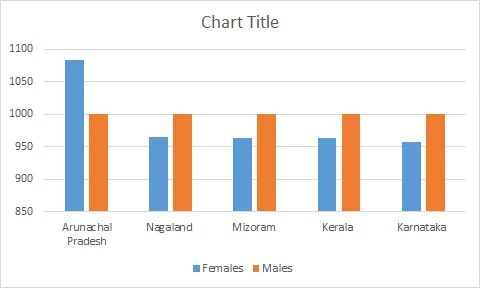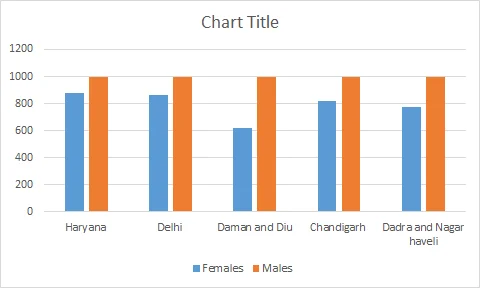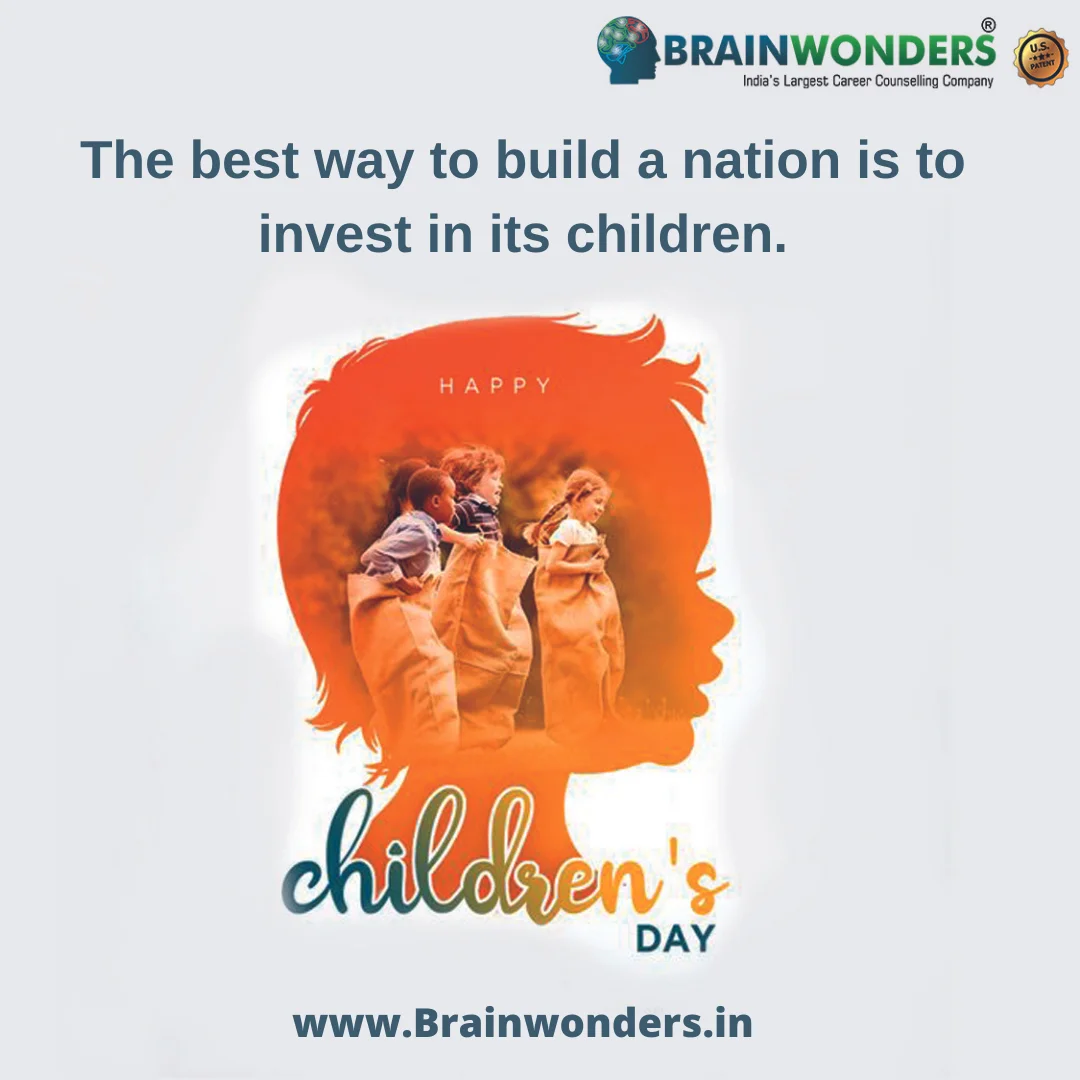

We have a database of over 11,000 colleges all over India.
Connect with us to find your perfect fit!
Blog
26 August,2021 | By Brainwonders
.webp)
Each time a woman stands up for herself, without knowing it possibly, without claiming it, she stands up for all women.” - Maya Angelou
Women's equality is one of the most debated and burning issues across the globe. On this Women's Equality Day, let us understand the actual women's empowerment throughout history and look at some tales of inspiration.
Women's Equality Day is celebrated on 26th August in the United States to celebrate the constitutional right to vote for women and it was first accepted in the year 1972. It is observed on 26th August since then.
According to UN World Population Prospects 2019, the United States has a sex ratio of 50.52% females compared to 49.48% males while India is reaching there with a percentage of females which is 48.04 % as compared to the male population which is 51.9%.
As we learn a lot from the developed countries, why not learn to take steps towards Women's equality and unlearn the practices that we followed till now and take steps towards a better socio-cultural goal.
The sex ratio is the indicator of women population to that of males. It shows the number of females per 1000 males.
Now let us look at some Indian states who have shown higher as well as lower sex ratios.
While there is a skewed sex ratio in India, there are some states which show different statistical data. These states have a comparatively higher sex ratio. The states which have a higher sex ratio are the following –
Since the 2001 census, there was a decline in sex ratio but looking at current data, the above states have given attention to their gender gap. There has been a noticeable increase in the sex ratio which is a huge achievement.

Some states and union territories can learn from the states like Arunachal Pradesh, Nagaland. Kerala, etc. States who have shown lower sex ratio are the following:
These Indian states have the lowest sex ratio hence need special attention.

Let us first understand the definition of weak. ‘Weak’ is somebody having no strength or someone likely to break. Now let us take a look at how this statement is used to justify gender inequality.
Whenever we hear this statement, we think about physical strength. But why not take a look at this statement from a scientific way:
According to the studies, women tend to be better multitaskers. Women also tend to outlive men in the epidemics.
Now, if we look at this statement from a holistic view, it can still be contested in many ways.
As the debate continues over this issue, Women's equality is not about being physically stronger than men. It is about having equal choices as men, equal opportunities as men. Not having to question power, decision making, and multitasking.
Many women are financially independent today.” This is a statement that can be revised to, ‘There are still women who are financially dependent on the male members of the family.’ As the norm in the many parts of Indian culture states, ‘Women should stay home and look after the family, has burdened many young girls and women with financial dependence.
An Oxfam report in 2019 suggests 34% fewer wages to females than male counterparts at work. As the economic system is highly titled towards men, we find many inspiring stories to support the fact that women's struggle continues to break the stereotypes.
While there are many such questions about women's inequality, many women have broken the barriers and made history.
Women who continue to inspire!
As we speak about women in history, there are many great names like Rani Laxmibai, Sarojini Naidu, Kasturba Gandhi, Kamla Nehru, Begum Hazrat Mahal, Matangini Hazra, and many more whose contribution cannot be forgotten in the Indian freedom fight.
There are some cultures across the globe that practice matriarchal culture. Like The Mosuo, a Chinese ethnic minority. They are also known as ‘Kingdoms of Women.’
If we take a look at the women in today's times, they have crossed many such barriers.
Many such modern times stories can also be taken as examples. Let's take a look at some inspiring women's stories.
1. Indra Nooyi- Chief Executive and Chairperson of PepsiCo.
2. Seema Rao- India’s first commando trainer.
3. Vandana Luthra - The founder of VLCC.
4. Tejas Parulekar- Co- Founder SaffronStays.
5. Saalumarada Thimmakka - Indian Environmentalist.
...and many more such women continue to inspire everyone each day!
The number of women in India that are financially independent and successful is increasing day by day. Women, being mentally, physically strong have always battled against the barriers, and yet there is a need to understand Women’s Equality on a higher level.
Despite continued economic growth in Indian society, Women's Equality still remains an unanswered question. While there is a huge increase in the number of opportunities women have in today's times India still needs Women’s Equality Day!
To grow fully as a socially successful nation, the potential of women first needs to be acknowledged. According to a survey done in 2016, 63% of women in rural areas of India are still denied the right to education.
Today, from business to politics, sports to arts and many other sections of society have seen commendable achievements by women. The rising numbers are the indicator of a successful transformation.
There are many schemes like ‘Beti Bachao, Beti Padhao yojana’ which is an initiative by the Indian government that aims to empower girls. This, and many schemes like this are working towards a better future for Women’s equality.
India has seen many women leaders in previous decades. It continues to lead to a bright and empowered society that gives equal opportunities to women.
Many small actions can result in a long-term effect on the issues of gender inequality. Starting from home, from sharing the workload, to equal pay at workplaces.
Women's equality can not only result from empowering women but also incorporating the right behaviour in men.
| Age | Factors on which opinions can be changed |
| Age 0-5 | Choice of toys |
| Age 6-16 | Choice of Clothes |
| Age 16-24 | Freedom to choose education and lifestyle |
| Age 24 and above | Choice of equality, freedom |
Working together as a society towards equality of women can only lead to a better future.
Increasing awareness about girls' education in rural areas to strict punishments for crime against women can result in a society that recognizes the potential of women and takes a leap towards the right path.
However, due to globalization, we can see many people coming together and working towards women's equality. But still, there is the need for women to be heard and it can only be achieved when each and every part of the society will take an active part in working for equality!
Fill the form to know how!

